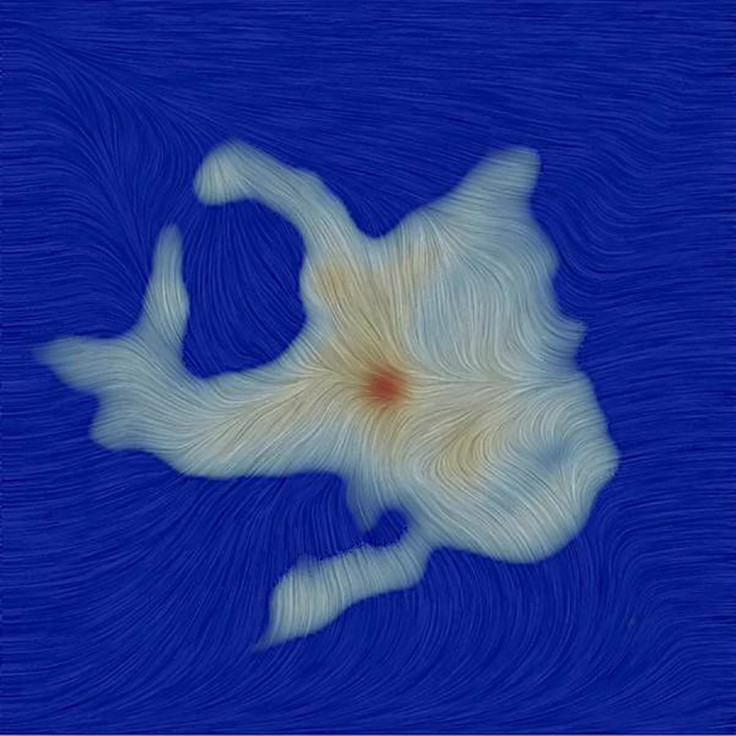Newly Formed Stars Can Have Magnetic Fields That Are Chaotic, ALMA Finds

The magnetic field around a young protostar can be wildly chaotic, new radio observations have found. It is a significant shift from earlier observations that suggested stars, early in their formation, are surrounded by a strong and stable magnetic field which kept their star-forming material in place.
Ser-emb 8 is “a newly emerging protostar” located about 1,400 light-years away from the Earth, in the Serpens star-forming region. Using radio observations from the Atacama Large Millimeter/submillimeter Array (ALMA), it was found to have “a surprisingly weak and wildly disorganized magnetic field,” according to a statement released Wednesday by institutions involved in the study.
Read: ALMA Finds Why Massive Stars Spin Slowly
The ALMA observation of Ser-emb 8 was in stark contrast to the usual hourglass-shaped magnetic field seen around young protostars, a classic sign of a strong magnetic field. The hourglass field extends for many light-years into the cloud of gas and dust that surrounds young protostars.
“Before now, we didn’t know if all stars formed in regions that were controlled by strong magnetic fields. Using ALMA, we found our answer. We can now study magnetic fields in star-forming clouds from the broadest of scales all the way down to the forming star itself. This is exciting because it may mean stars can emerge from a wider range of conditions than we once thought,” Charles L. H. “Chat” Hull, an astronomer who was the lead author of a paper on the subject, said in the statement.
Hull is the National Radio Astronomy Observatory (NRAO) Jansky Fellow at the Harvard-Smithsonian Center for Astrophysics (CfA) in Cambridge, Massachusetts.
The observations imply that the relationship between the formation of a star and the magnetic field surrounding it is more complex than a corralling role as thought earlier. CfA astronomers Philip Mocz and Blakesley Burkhart, who are co-authors on the paper, generated multiple computer simulations to compare their observations with. Mocz said they probably captured the original magnetic field around Ser-emb 8 before the outflow of material from the young star changed the magnetic pristine signature.

“Our observations show that the importance of the magnetic field in star formation can vary widely from star to star. This protostar seems to have formed in a weakly magnetized environment dominated by turbulence, while previous observations show sources that clearly formed in strongly magnetized environments. Future studies will reveal how common each scenario is,” Hull said.
Read: ALMA Finds Building Block Of Life In Early Stages Of Star Formation
Magnetic fields at small scales that are inside star-forming concentrations of gas and dust can be studied by ALMA “by mapping the polarization of light emitted by dust grains that have aligned themselves with the magnetic field.” The observations of Ser-emb 8 the most sensitive ever of its kind.
The open-access paper, titled “Unveiling the Role of the Magnetic Field at the Smallest Scales of Star Formation,” appeared online Wednesday in the Astrophysical Journal Letters.
ALMA is located in the Chilean desert, and the international astronomy facility is operated by NRAO on behalf of North America.
© Copyright IBTimes 2024. All rights reserved.





















